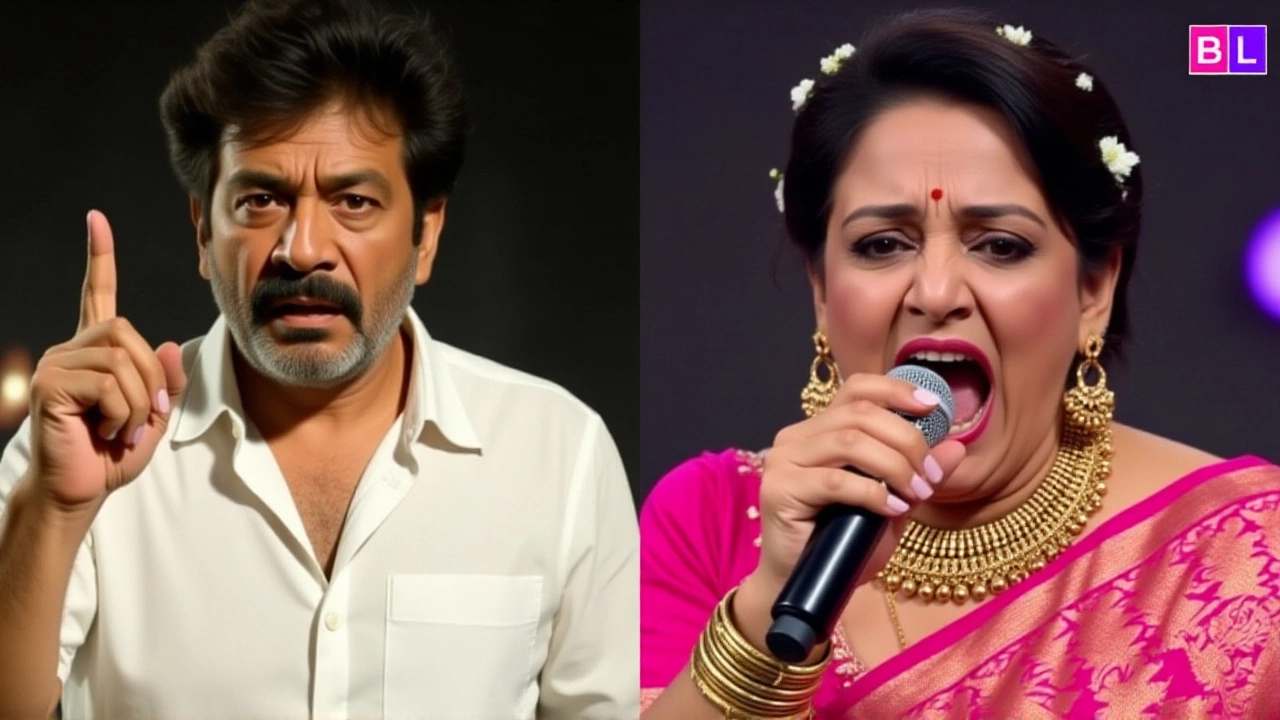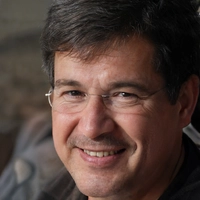
When Dharmendra passed away on November 24, 2025, at his home in Juhu, Mumbai, India, the entire nation paused. The man who once defined masculinity in Indian cinema — the "He-Man" of Bollywood — was gone, just two weeks shy of his 90th birthday. His death, following a brief illness and recent hospitalization at Breach Candy Hospital, sent shockwaves through a film industry he helped shape over six decades. The news arrived not with a fanfare, but with a quiet, collective sigh — the kind that follows the end of something irreplaceable.
A Life in Frames
Born on December 8, 1935, in Nasrali village, Ludhiana district, Punjab, British India, Dharmendra didn’t just act in films — he became a symbol. His rugged charm, booming voice, and fearless screen presence turned him into a pan-Indian icon during the 1970s and ’80s, when Bollywood was finding its commercial voice. He starred in over 200 films, from gritty dramas like Sholay to romantic epics like Seeta Aur Geeta, and his collaborations with actresses like Hema Malini — his real-life wife — became cinematic folklore. He didn’t need subtitles; his expressions spoke volumes.Even after stepping back from leading roles, he remained a presence — a grandfatherly figure whose cameos carried weight. His final performance, in the film 'Ikkis'Mumbai, directed by Sriram Raghavan and co-starring Agastya Nanda, was shot just months before his hospitalization. It’s now set to release on December 25, 2025 — a bittersweet farewell.
The Last Days
Dharmendra was admitted to Breach Candy Hospital on October 31, 2025, after complaining of breathlessness. Reports from the time indicated he was on life support and under constant observation by top physicians. By November 12, he was discharged — a hopeful sign. But the body, even of legends, has its limits. He returned home to Juhu, surrounded by family, and quietly faded. His son, Sunny Deol, a sitting Member of Parliament from Gurdaspur, was by his side. So were his wife, Hema Malini, and their children, Esha and Karan Deol.His last rites were held at the Pawan Hans crematorium in Vile Parle, Mumbai, on the same day he died. The scene was surreal: a sea of black suits, tear-streaked faces, and silent bows. Amitabh Bachchan, Shah Rukh Khan, Salman Khan, Aamir Khan — the pillars of modern Bollywood — stood shoulder to shoulder with veterans like Madhur Bhandarkar. Even those who never shared a screen with him came to pay respects. The security was unusually heavy, not because of threat, but because of scale — the kind of crowd that only a living legend commands in death.
A Nation Mourns
The grief wasn’t confined to film studios. Political leaders weighed in. Yogi Adityanath, Chief Minister of Uttar Pradesh, called his death an "irreparable loss" to Indian art. Rahul Gandhi tweeted that Dharmendra’s contribution over seven decades would "always be remembered with respect and love." And then came Javed Akhtar, the poet-lyricist whose words have soundtracked generations: "An era has come to an end."It wasn’t just the stars. Ordinary fans lined the streets near the crematorium. Children who’d never seen his films on the big screen knew his face from YouTube clips. Grandparents who watched Dhool Ka Phool in 1959 wept openly. Singer Usha Uthup told NDTV, "We are so devastated and grieved." That word — "devastated" — wasn’t hyperbole. It was the truth.

What Comes Next
The industry has already begun to reorganize. All scheduled entertainment programming across major Indian TV networks was replaced with tributes. Radio stations played his songs — "Mere Sapno Ki Rani," "Tere Mere Sapne," "Dhoom Dhum" — on loop. Streaming platforms are preparing curated collections. But no amount of digital archiving can replace the live presence he brought to every frame.His legacy isn’t just in the films. It’s in the way he carried himself — humble, grounded, never forgetting his roots in rural Punjab. He was the first to arrive on set, the last to leave. He mentored younger actors without fanfare. Sunny Deol’s political career, his daughter Esha’s quiet grace, Karan’s behind-the-scenes work — all reflect the values he lived by.
Why This Matters
Dharmendra wasn’t just an actor. He was a bridge — between eras, between languages, between rural India and the glitter of Bombay. He proved that you didn’t need flawless looks or polished diction to become immortal in cinema. You just needed authenticity. In an age of CGI heroes and algorithm-driven stardom, his passing reminds us that the most enduring icons are those who made us feel something real.Frequently Asked Questions
What was Dharmendra’s most iconic role?
While Dharmendra played many memorable characters, his role as Jai in Sholay (1975) remains his most iconic. His portrayal of the loyal, brave, and emotionally restrained friend to Gabbar’s terror defined the archetype of the stoic Hindi film hero. The film’s enduring popularity — still aired on TV every Independence Day — cemented his place in cinematic history.
How did Dharmendra influence Bollywood’s evolution?
Dharmendra helped transition Bollywood from melodramatic heroes to rugged, relatable protagonists. Before him, leads were often soft-spoken and aristocratic. He brought earthiness — farmers, soldiers, village men — into mainstream cinema. His success paved the way for actors like Amitabh Bachchan and later, his own son Sunny Deol, proving that mass appeal didn’t require polish, just presence.
Who attended Dharmendra’s funeral, and why was it significant?
The funeral drew nearly every major name in Bollywood — Amitabh Bachchan, Shah Rukh Khan, Salman Khan, Aamir Khan, Karan Johar, and director Madhur Bhandarkar — alongside political figures like Hema Malini and Sunny Deol. This rare convergence of generations and ideologies underscored his unifying legacy. No other living actor commanded such universal respect across eras, languages, and fandoms.
What is the significance of 'Ikkis' being released after his death?
The release of Ikkis on December 25, 2025, turns Dharmendra’s final performance into a posthumous milestone. The film, featuring Agastya Nanda — Amitabh Bachchan’s grandson — symbolizes a passing of the torch. Audiences will watch not just a movie, but a legacy: a man who started in black-and-white cinema and ended in the digital age, still commanding attention.
Did Dharmendra receive any major national honors?
Yes. In 2011, he was awarded the Padma Bhushan, India’s third-highest civilian honor, for his contributions to cinema. He also received multiple Filmfare Awards and the Dadasaheb Phalke Award in 2017 — the highest recognition in Indian film. Yet, he remained humble, often saying, "I just acted. The audience made me a star."
Where did Dharmendra grow up, and how did it shape him?
Dharmendra was raised in Nasrali, a small village in Ludhiana, Punjab. He studied at Government Senior Secondary School Sahnewal and worked on his family’s farm before moving to Mumbai. His rural upbringing gave him an authenticity that resonated with millions. He never lost his Punjabi accent or his love for simple food — traits that made him feel like family to audiences across India.
